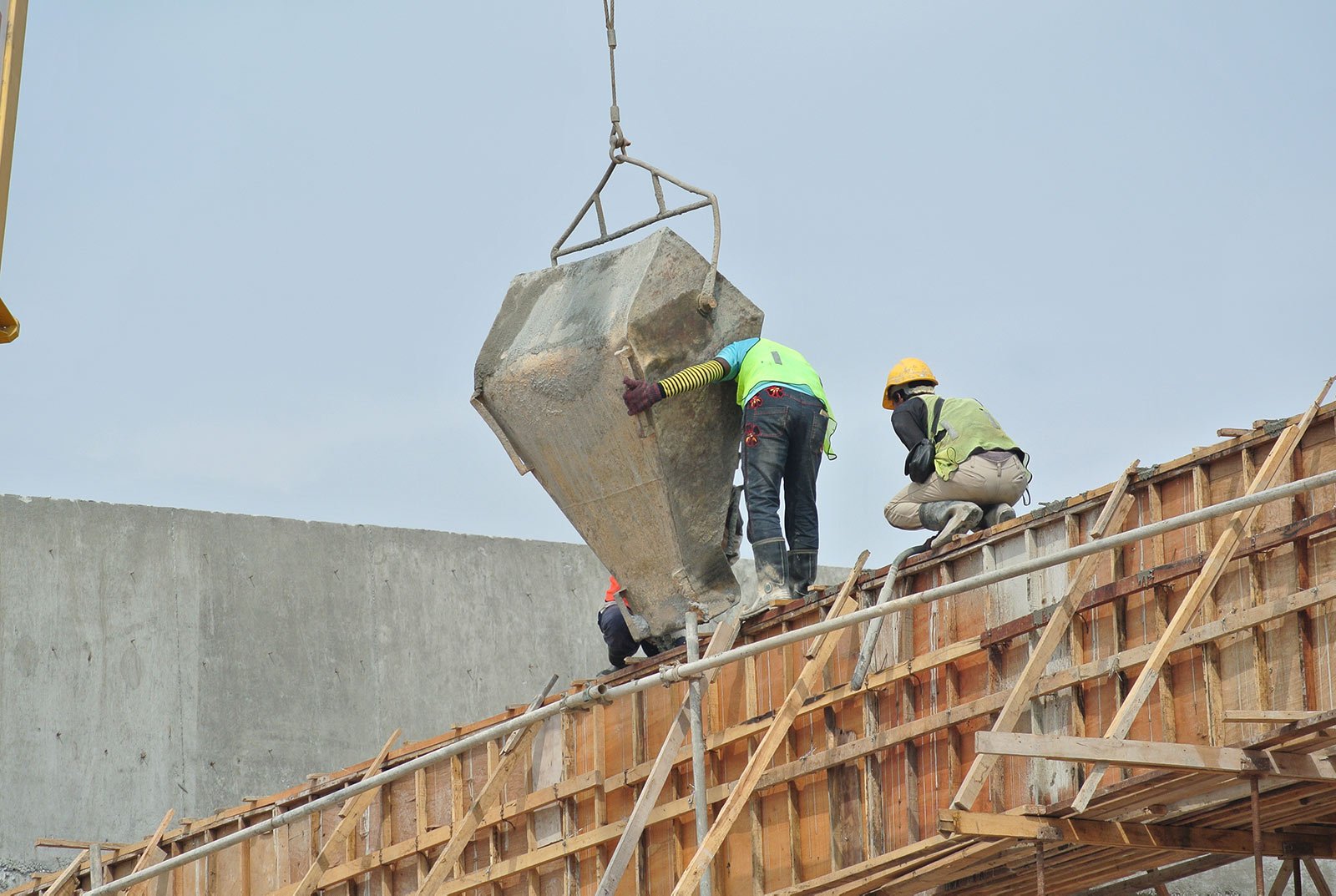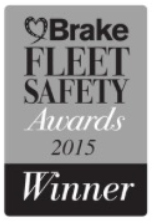Understanding the Importance of a Risk Assessment on a Construction Site
Risk assessments are an important part of maintaining safety on any construction site.
A construction site risk assessment is conducted to identify potential hazards and assess the risk of harm that could result from each hazard.
They are also used to determine appropriate control measures to reduce or eliminate identified risks such as providing personal protective equipment, introducing safe work procedures and ensuring that appropriate signage is in place.
Risk assessments are required by law for any business activity that involves more than five people and this includes construction sites.
What is a Construction Site Risk Assessment?
A Construction Site Risk assessment is a comprehensive evaluation of the potential hazards that may exist on a construction site and how they can be addressed.
It involves identifying the risks to construction workers, site visitors, and the environment; assessing the likelihood and severity of any harm that could result from exposure to those risks; and establishing safety measures to reduce or eliminate those risks.
How to carry out Construction Risk Assessments?
A construction risk assessment should include an analysis of the working environment, the tasks and activities to be undertaken, any materials, machinery or equipment being used, and the people on site.
The following steps should be taken when conducting a Construction Site Risk Assessment:
• Identify hazards
• Assess risks
• Take action to reduce or eliminate identified risks
• Develop emergency procedures
• Monitor and review the risk assessment periodically.
A construction risk assessment template can be used to document the findings of the risk assessment.
Why are Construction Risk Assessments Needed?
Construction risk assessments are essential for construction sites as they allow workers and management to identify potential hazards before they become a problem. Construction site safety is the foremost concern when conducting a risk assessment.
They are used to manage risk and help to ensure that safety measures are implemented and followed, reducing the likelihood of accidents or injuries occurring on construction sites.
They also provide a structure and guidance from the beginning of the construction project until the very end as they are used for making decisions about how to best manage risks, identify risks, ensure that all workers’ safety and wellbeing is maintained throughout the project and implement any safety precautions.
Legal Requirement
A construction Risk assessment is also a legal requirement for any construction site with more than five people.
In the UK, businesses are required to comply with Health and Safety at Work Act 1974 (HASAWA), which outlines that employers must protect workers and other people affected by their business activities from harm.
Under HASAWA, it is a legal requirement for employers to regularly conduct a risk assessment on construction sites and failure to do so can result in fines, prosecution or other legal consequences.
Who will carry out the Risk assessment?
A Construction Risk Assessment should be completed by a qualified risk assessor.
The risk assessor will have the knowledge and experience to identify potential risks on a construction site, assessing their likelihood and severity in order to determine what safety measures need to be implemented.
Risk Assessors can also help you develop emergency plans for any foreseeable hazards to ensure that workers and site visitors are safe in the event of an emergency.
Risk Assessment Process
The risk assessors will provide the construction managers with a report outlining their findings and any control measures that need to implemented in order to maintain safety and mitigate risk the construction site.
These reports will allow the project management team to provide adequate health and safety training for the construction workers, develop safe work procedures and ensure that appropriate signage is in place.
Risk assessment should be stored securely and organised in a suitable folder or filing cabinet.
When do you you need to carry out a construction site risk assessment?
It is important for construction managers to regularly review the risk assessment process, as changes to the site or tasks may introduce new risks which need to be addressed.
By conducting ongoing risk assessments and implementing a comprehensive health and safety plan, construction sites can provide a safe working environment for all.
It is recommended that a construction site risk assessment is carried out every six to twelve months, or whenever there is a significant change in the working environment such as:
New tasks being undertaken,
Changes to the layout of the site
New equipment is brought in
New Materials introduced.
These risk assessments should also be conducted whenever there are any reported incidents or near misses on the construction site.
This will help ensure that any potential risks are identified and managed before they result in an accident or injury.
What are the main risks in the construction industry?
The main risks associated with construction sites are:
Slips
Trips
Falls
Working at height
Manual handling injuries
Machinery hazards such as hand tools or power tools
Hazardous materials
Heavy Good Vehicles
Project Risks
As well as managing the occupational risks, there are other risks related to a construction company too.
These risk factors include:
Severe Weather conditions - Severe storms, heavy rain or snow can cause delays in construction and increase the risk of accidents.
Legal risks – There are a number of legal requirements for any construction project, such as obtaining planning permission and health & safety regulations.
Environmental risks - Construction sites may require the removal or disturbance of natural habitats and therefore always have the potential for disrupting local ecology.
Financial Risks - The cost of materials, labour and other project costs may exceed your budget. This could be due to changes in the market or issues that have arisen during the construction process.
Natural Risks – Natural disasters such as earthquakes, floods or landslides can cause damage to the construction site and disrupt ongoing work.
Contractual Risks - If the contractor fails to complete the project on time, they may be liable for additional costs.
Risk Rating System
A risk rating system can be used to prioritise the risks, allowing project managers and risk assessors to identify the most urgent issues that need to be addressed.
The Risk rating system should be based on two factor:
The likelihood of an incident occurring
The potential consequences of that incident
By assessing these two elements a score can be allocated to each risk, helping project managers to identify areas for improvement in terms of heath and safety management.
Risk Reduction
Occupational safety and health is a critical part of risk management. In order to minimise risk, project managers can take some simple steps such as:
Providing safety training for workers
Conducting regular inspections of equipment and the
Accessing the working environment
Implementing a safe system of work
Ensuring that all staff are aware of potential risks
Using the appropriate safety equipment
Providing a safe work area for all employees
Enforcing health and safety rules.
By taking these actions, construction companies can ensure that they are providing a safe working environment and reducing the risk of accidents or injuries on site.
Emergency Procedures
Finally it is also important that all construction projects have an emergency plan in place.
This should include the processes and procedures to be followed in the event of an incident occurring on site, such as:
Evacuation routes,
First aid protocols and
Contact details for emergency services.
These should be displayed in a prominent location on site, and all staff should be trained on how to follow the emergency procedures.
By following the tips outlined above, companies can ensure that their construction sites are as safe as possible and reduce the risk of accidents or injuries occurring on site.


















